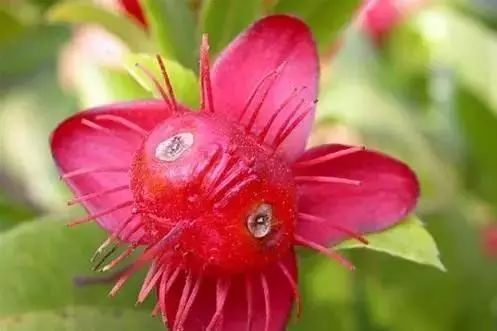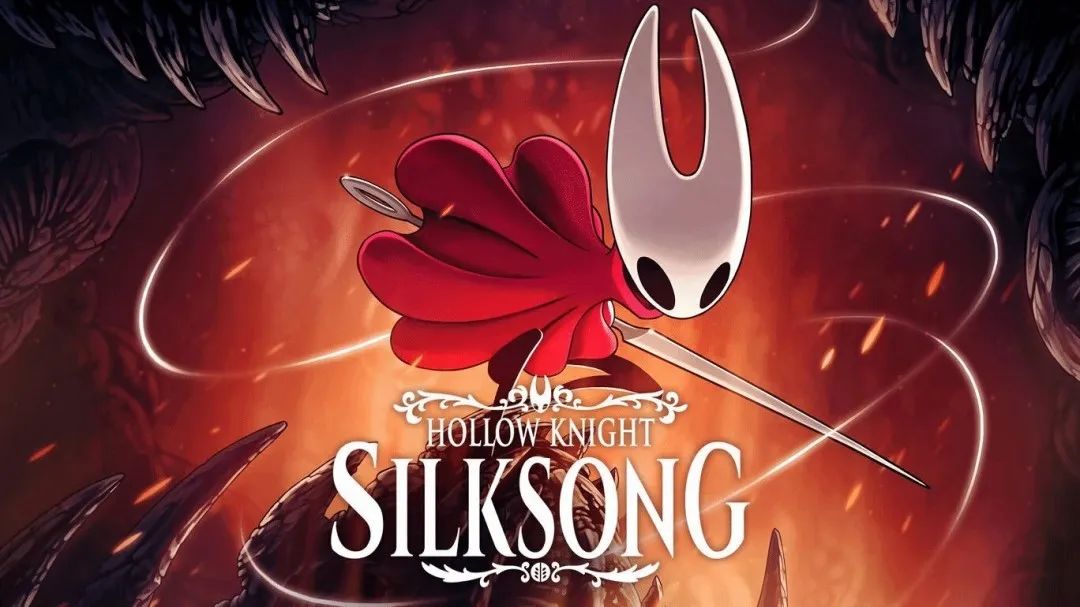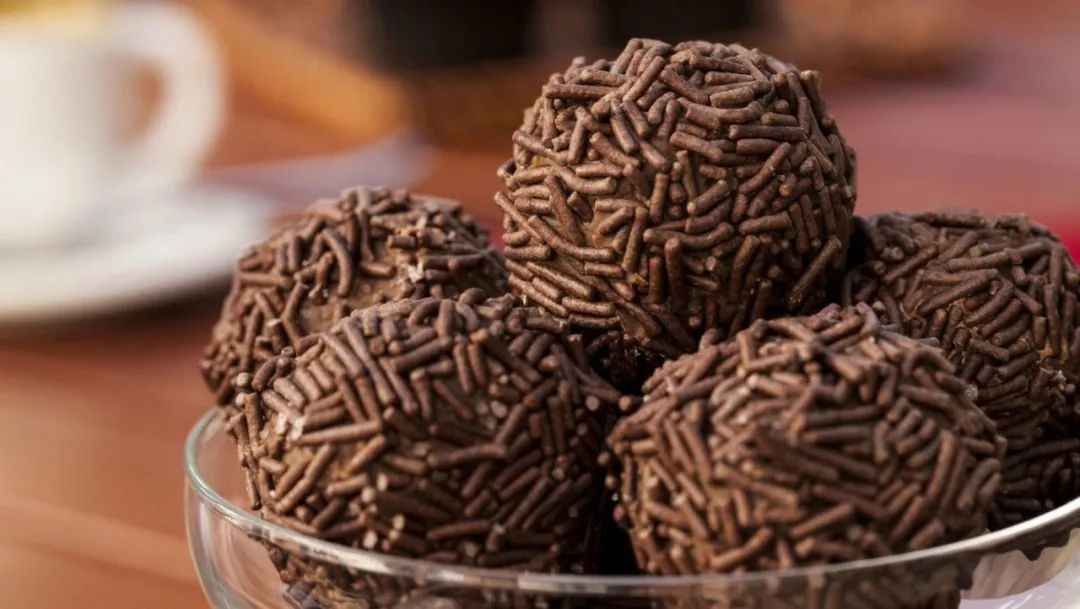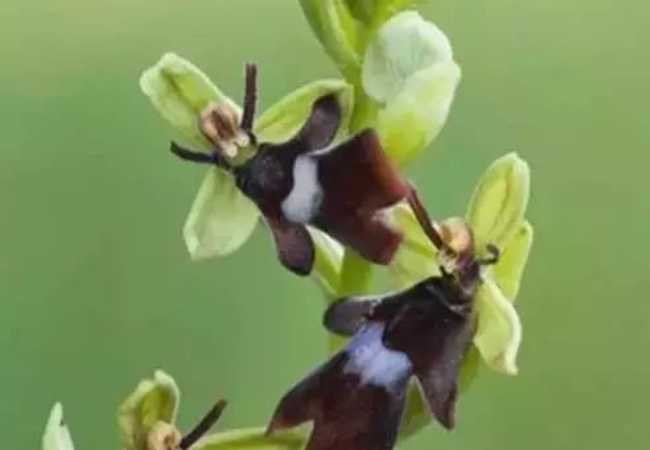Search for information
The Whimsical "Mickey Mouse Tree" Blossoms Amaze Nature EnthusiastsThe "Mickey Mouse Tree," scientifically known as Ochna serrulata or Ochna thomasiana, has recently caught the attention of plant lovers around the world with its unique and charming appearance. Native to tropical regions of Africa and Asia, this plant has earned its playful name due to its uncanny resemblance to the iconic Disney character, Mickey Mouse, especially during its fruiting stage.
June 16, 2025, 3:12 pm EDT
The Whimsical "Mickey Mouse Tree" Blossoms Amaze Nature Enthusiasts


"Hollow Knight: Silksong" - New Details and Screenshots on Nintendo eShop, Launch in 2025
Nintendo's eShop website has updated the store page details of "Hollow Knight: Silksong" and added several new in - game screenshots. This seems to indicate that the development progress of "Silksong" is advancing steadily. Fans are looking forward to its release!more

"Jurassic World: Rebirth" Unveils New Poster
"Jurassic World: Rebirth" has released a new poster, generating great anticipation among fans. The movie is set five years after the events of "Jurassic World 3". The dinosaur population, now endangered, inhabits an isolated island. Yet, these dinosaurs hold the key genes that could bring about medical miracles for humanity.more

A Gastronomic Journey: 10 Must-Try Traditional Desserts of Brazil
Stretching from the north to the south, Brazil's cuisine is renowned for its diverse array of delectable typical dishes. Among them, sweets stand out as a paradise for those with a sweet tooth. Let’s embark on a mouthwatering exploration of ten traditional desserts from various regions of Brazil.more

Classic Culinary Treasures of Britain and Ireland: A Gastronomic Journey Through Time
Is there any food more emblematic of British and Irish cuisine than Fish and Chips? This beloved dish involves coating cod in a light flour batter and gently frying it until golden and crispy. Served alongside a generous portion of chips, it is typically accompanied by a choice of creamy mayonnaise or tangy ketchup.more

The Deceptive Fly Orchid: Nature's Master of Mimicry
The Fly Orchid (Ophrys insectifera) stands as a testament to nature's ingenious strategies for survival, captivating botanists and nature enthusiasts with its remarkable resemblance to a female fly. Native to woodlands, grasslands, and open meadows across Europe and parts of western Asia, this orchid has evolved an extraordinary form of floral mimicry.more

“Toy Bear” Sunflower: A Captivating Floral Delight
In the world of ornamental plants, the “Toy Bear” sunflower has emerged as an endearing and popular choice. This unique variety has captured the hearts of gardeners and flower enthusiasts with its distinct appearance and charming characteristics.more

"Ahsoka" Season 2 Cast Revealed at Star Wars Celebration Japan
"Ahsoka" Season 2 Cast Revealed at Star Wars Celebration Japanmore

Charming Photos of an Amateur Model in Foreign Beauty Lifestyle Photos Issue 129
"Foreign Beauty Lifestyle Photos Issue 129" presents a collection of photos featuring an amateur model. These pictures capture the model in various daily - life settings, showcasing her natural beauty and unique charm.more

